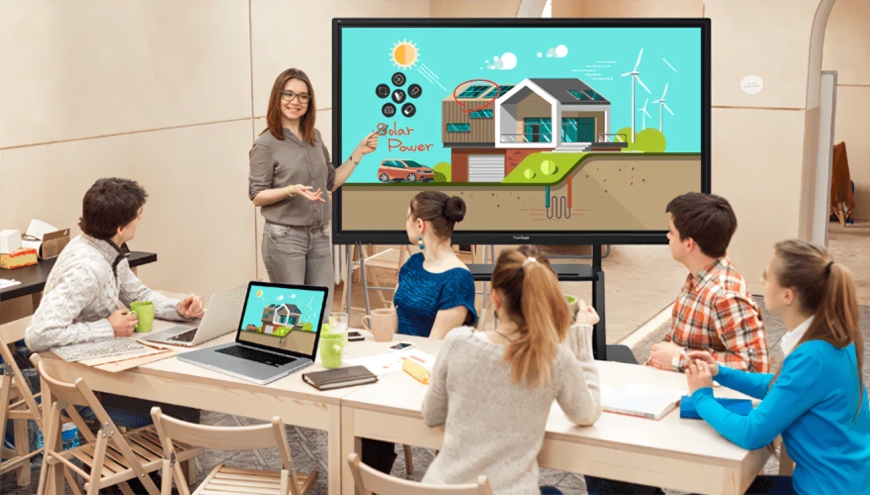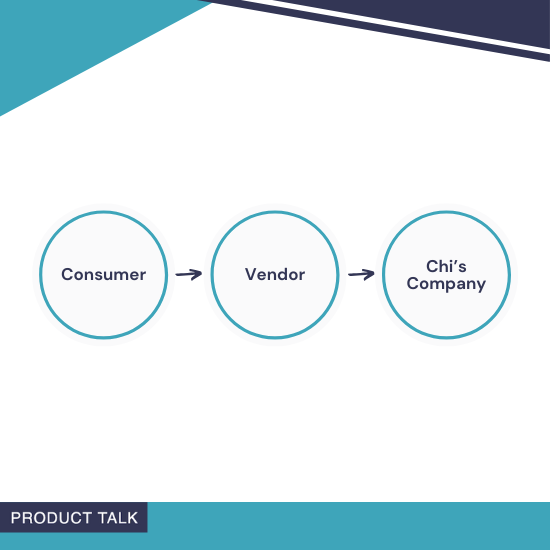The Role of Interactive Flat Panels in Hybrid Learning Environments

The landscape of education is changing at an unprecedented rate. With the rise of hybrid learning environments that blend in-person and remote education, schools and institutions are being forced to rethink traditional teaching methodologies. At the forefront of this evolution is the interactive flat panel, a technology that is not only enhancing how students learn but also redefining the relationship between instructors and learners.
In a world where connectivity and engagement are critical to success, the interactive flat panel display has emerged as a central tool, supporting teachers in delivering dynamic lessons and empowering students with an enriched, collaborative learning experience.
Understanding Hybrid Learning
Hybrid learning, also known as blended learning, combines face-to-face classroom instruction with online activities. This approach offers flexibility, personalization, and accessibility — allowing students to learn from virtually anywhere while still maintaining essential in-person interaction. However, for hybrid learning to be successful, technology must bridge the physical and virtual gap seamlessly. This is where the interactive flat panel plays a pivotal role.
Unlike traditional whiteboards or projectors, interactive flat panel displays allow real-time collaboration, instant feedback, multi-device integration, and remote accessibility, all of which are crucial for hybrid models. Their ability to deliver crystal-clear visuals, tactile responsiveness, and integrated software ecosystems ensures that students, whether on-site or online, stay equally engaged.
Why Interactive Flat Panels Are a Game-Changer for Hybrid Learning
An interactive flat panel is more than just a screen; it is a sophisticated, multi-functional device that enhances communication and interactivity in a hybrid classroom. These panels come equipped with features like multi-touch support, 4K resolution, integrated cameras, microphones, and annotation tools — providing teachers with everything they need to maintain a high standard of education across multiple learning environments.
Moreover, interactive flat panel displays offer built-in compatibility with popular platforms like Zoom, Microsoft Teams, and Google Classroom. This native integration allows teachers to transition smoothly between physical and virtual teaching modes without disrupting the learning experience.
Enhancing Student Engagement
One of the major challenges in hybrid learning is maintaining student engagement, especially for those attending remotely. Students can quickly lose focus if they feel disconnected from the classroom. An interactive flat panel combats this issue by offering collaborative tools such as digital whiteboards, quizzes, polls, and breakout rooms directly integrated into the display system.
Through features like multi-user touch capabilities, students can work on group projects even if they are in different locations. These interactive features ensure that learners remain active participants rather than passive viewers. Additionally, the immersive experience provided by an interactive flat panel display supports multiple learning styles — visual, auditory, and kinesthetic — thereby catering to diverse student needs.
Facilitating Seamless Collaboration
Hybrid learning environments thrive on collaboration. Traditional setups often struggle to create a level playing field between in-person and remote students. With an interactive flat panel, teachers can facilitate real-time collaboration where every student has an equal opportunity to participate.
Built-in screen sharing, cloud integration, and collaboration apps make it possible for students to share documents, brainstorm ideas, and contribute to discussions regardless of their physical location. An interactive flat panel display essentially serves as a dynamic bridge between the physical and digital classrooms, making remote students feel as included as those physically present.
Promoting Teacher Efficiency and Flexibility
Teaching in a hybrid model requires educators to juggle multiple technologies and platforms, often leading to fatigue and reduced productivity. An interactive flat panel consolidates many functions into a single device, reducing the technological burden on educators.
Teachers can design interactive lesson plans, display multimedia resources, record sessions, conduct assessments, and even monitor student engagement—all from a single interface. Thanks to intuitive software ecosystems, managing a hybrid classroom with an interactive flat panel display becomes much less daunting, allowing teachers to focus more on teaching rather than troubleshooting.
Supporting Accessibility and Inclusivity
Another advantage of using an interactive flat panel in hybrid learning environments is its role in promoting accessibility and inclusivity. These panels come with features such as closed captioning, screen magnification, and language translation, making lessons more accessible to students with disabilities or those who speak different languages.
Moreover, the interactive flat panel display allows for the recording and archiving of lessons, enabling students who miss live sessions to catch up later. This flexibility ensures that education is inclusive and reaches every student, regardless of their circumstances.
Future-Proofing Educational Institutions
Investing in an interactive flat panel is a step toward future-proofing educational institutions. As technology continues to advance and the demand for flexible learning options grows, schools equipped with modern tools will be better positioned to adapt and thrive.
Today's interactive flat panel displays are designed to be scalable, upgradeable, and compatible with emerging technologies such as artificial intelligence, augmented reality, and virtual reality. This means that institutions can continue to innovate their learning environments without constantly overhauling their infrastructure.
Real-World Success Stories
Many schools and universities worldwide have already integrated interactive flat panels into their hybrid learning models with impressive results. For example, a leading university in the United States adopted interactive flat panel displays across its lecture halls and noticed a 40% increase in student participation rates within the first semester.
Similarly, a private school in Europe reported a significant improvement in test scores among students who regularly interacted with digital whiteboards and participated in hybrid classroom activities powered by interactive technology. These case studies demonstrate the tangible benefits that interactive flat panels can bring to educational outcomes.
Important Factors to Consider Before Adopting Interactive Flat Panels
While the benefits are compelling, it’s crucial to carefully evaluate several factors before implementing interactive flat panel technology:
-
Budget: While initial investments can be high, many providers offer scalable solutions.
-
Training: Teachers and administrative staff need training to maximize the utility of the technology.
-
Technical Support: Reliable support systems must be in place to troubleshoot issues promptly.
-
Curriculum Integration: The panels should enhance, not complicate, the existing curriculum.
-
Security: Protecting student data and ensuring compliance with regulations is critical when using any connected device.
By taking these factors into account, institutions can maximize the impact of their interactive flat panel displays without facing operational bottlenecks.
The Environmental Impact
In an era where sustainability matters more than ever, it’s worth noting that many interactive flat panel manufacturers are now prioritizing eco-friendly practices. Energy-efficient displays, recyclable materials, and low-carbon manufacturing processes are becoming standard across the industry.
Moreover, an interactive flat panel display reduces the need for printing and paper-based resources. Lesson materials can be shared digitally, assignments submitted online, and feedback provided electronically — all contributing to a reduced environmental footprint.
Conclusion: Embracing the Future of Learning
The role of the interactive flat panel in hybrid learning environments cannot be overstated. It has become a cornerstone technology that connects students and teachers in new and powerful ways. By fostering engagement, collaboration, inclusivity, and efficiency, interactive flat panel displays are setting the stage for a new era of education—one that is flexible, accessible, and resilient.
As hybrid learning continues to evolve, institutions that invest in interactive technologies will not only better serve their current students but also position themselves as leaders in the future of education. Embracing interactive flat panel technology today is a decision that promises lasting returns — in learning outcomes, operational efficiency, and societal impact.






























































































































![Are AI Chatbots Replacing Search Engines? AI vs Google [New Research]](https://www.orbitmedia.com/wp-content/uploads/2025/05/How-often-are-we-using-AI-chatbots_.webp)






































